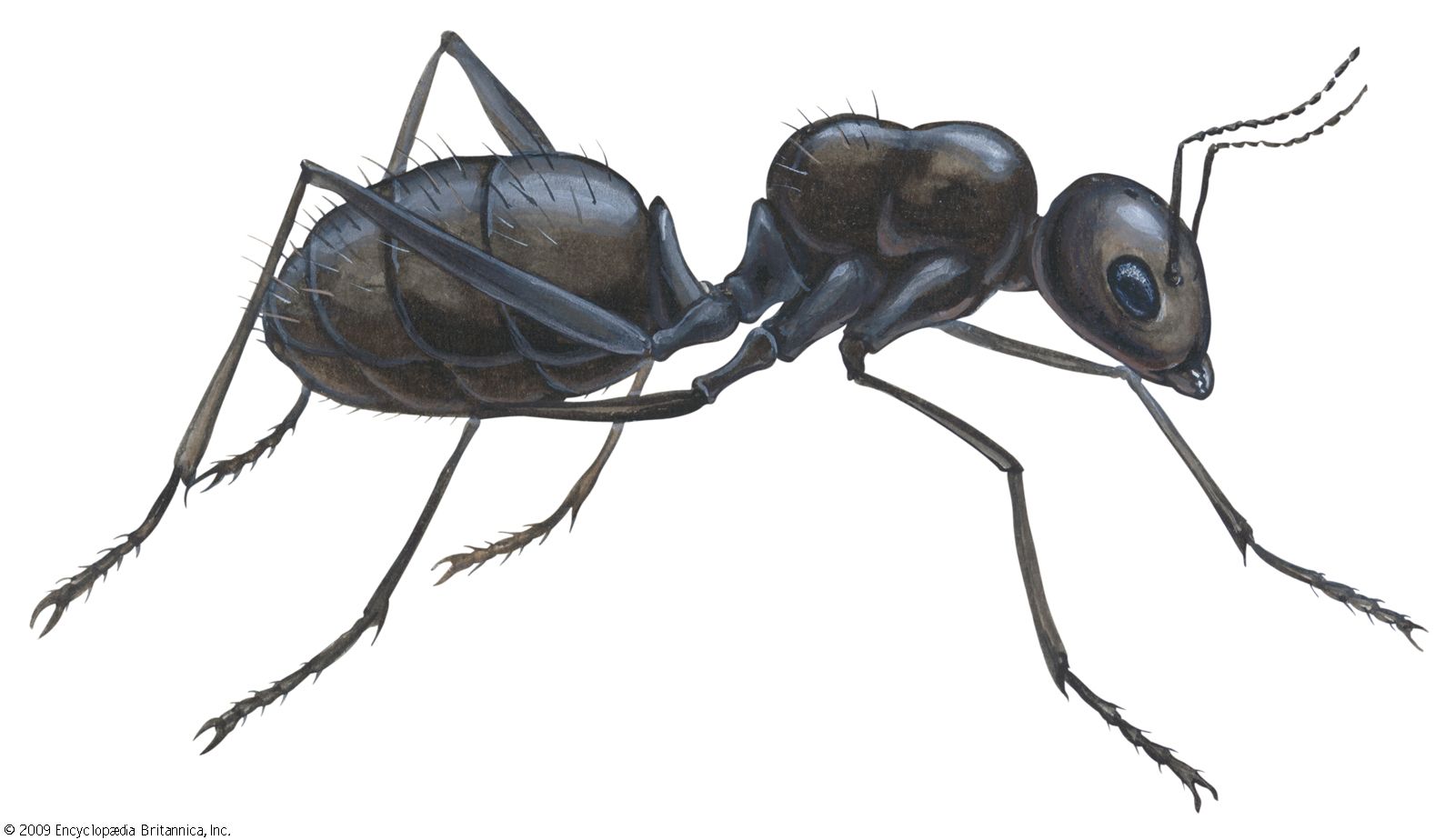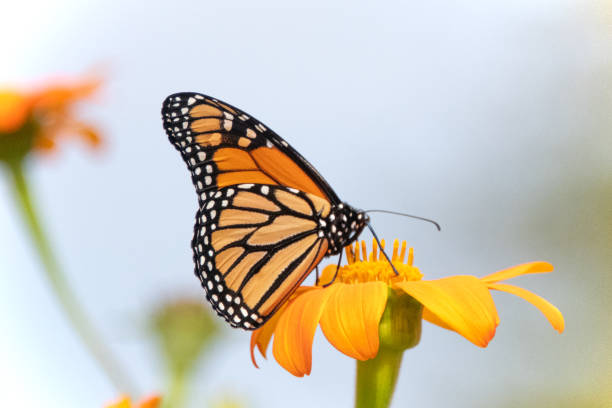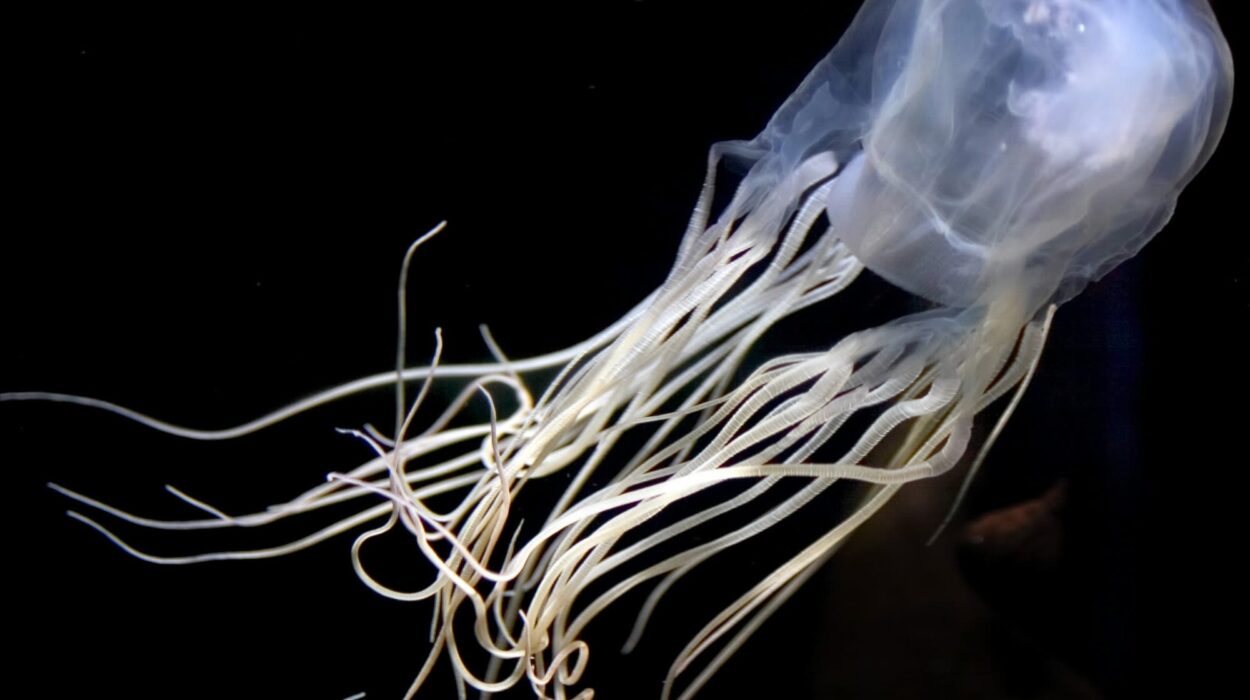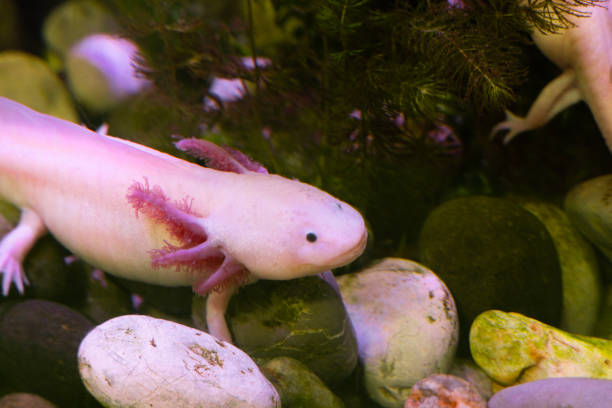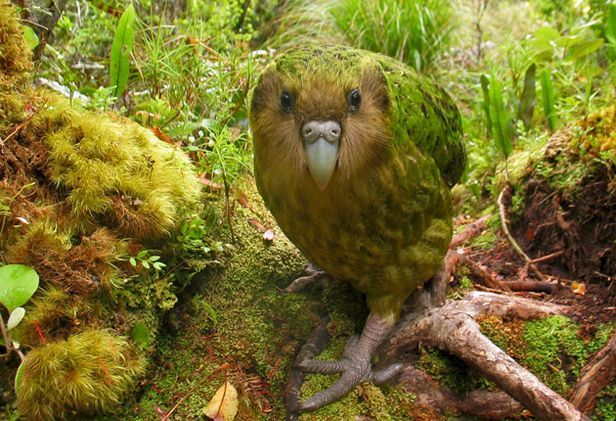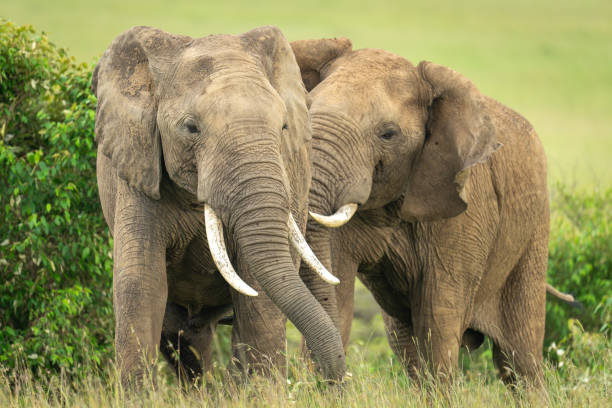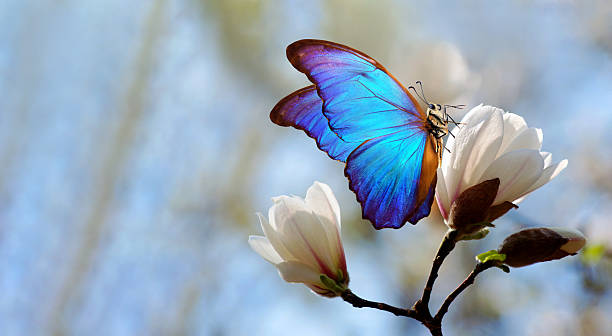In nature, survival isn’t reserved for the biggest or the fiercest—it belongs to the clever, the adaptable, and the resilient. While humans often admire lions, tigers, and elephants for their grandeur, there exists another world beneath their shadows: a world of tiny creatures that thrive through brilliance rather than brawn.
From insects smaller than a fingertip to mammals that can fit in your palm, these small animals possess astonishing survival skills. They outthink, outmaneuver, and outlast predators a hundred times their size. Their lives may be brief, but they burn bright with instinct, intelligence, and sheer willpower.
Here are ten extraordinary examples of small animals whose survival skills make them true marvels of evolution—creatures that prove size is never the full story when it comes to strength.
1. The Ant – The Architect of Empires
The ant, humble and unassuming, might just be the most successful creature on Earth. Found on nearly every continent, ants are masters of teamwork, strategy, and survival.
Their colonies function like highly efficient civilizations. Each member has a role: workers build tunnels, soldiers defend, and the queen ensures the colony’s future. Ants communicate using pheromones—a complex chemical language that allows them to coordinate attacks, build vast underground cities, and care for their young with military precision.
Ants can lift objects up to fifty times their own body weight, a feat that would be like a human hoisting a car. They are expert problem solvers, capable of creating living bridges and rafts out of their own bodies to cross rivers or survive floods.
Even in the harshest environments—from deserts to rainforests—ants adapt, evolve, and endure. Their true strength lies in unity. While one ant may seem insignificant, together they form an unstoppable force—an empire of the small that has thrived for over 100 million years.
2. The Tardigrade – The Immortal Microbe
The tardigrade, also known as the water bear, is perhaps the most indestructible organism known to science. Measuring less than a millimeter long, this microscopic creature can survive in environments that would instantly kill almost any other life form.
Tardigrades can withstand extreme temperatures, from near absolute zero to boiling water. They’ve been exposed to the vacuum of space and cosmic radiation—and lived. They can even survive decades without food or water.
Their secret lies in a process called cryptobiosis. When conditions turn hostile, the tardigrade curls into a desiccated ball called a “tun,” shutting down nearly all biological activity. In this state, they can endure the impossible—waiting for the world to become hospitable again before springing back to life.
These microscopic marvels remind us that sometimes, survival is not about fighting the storm, but waiting it out in perfect stillness.
3. The Hummingbird – The Living Jewel with a Heart of Fire
Weighing less than a penny, the hummingbird seems fragile, almost ethereal. Yet within its tiny body beats one of the most powerful hearts in the animal kingdom.
A hummingbird’s wings flap up to 80 times per second, allowing it to hover in midair, fly backward, and perform aerial maneuvers that put fighter jets to shame. Its metabolism is so fast that it must consume nearly twice its body weight in nectar every day just to survive.
But the hummingbird’s true survival magic lies in its ability to control that metabolism. At night or during cold spells, it enters a state called torpor—a kind of temporary hibernation that drastically slows its heart rate and conserves energy. Without this adaptation, it would starve before dawn.
The hummingbird’s endurance and agility allow it to migrate across thousands of miles, facing storms, predators, and exhaustion. It is not just a symbol of beauty, but of resilience—a spark of life that refuses to fade, no matter the odds.
4. The Dung Beetle – The Cosmic Navigator
Among insects, few are as unexpectedly impressive as the dung beetle. While it may not win any beauty contests, its survival skills are truly cosmic—literally.
Dung beetles feed on animal waste, but their relationship with it is far from simple scavenging. They roll dung into perfect spheres, bury it, and use it as both food storage and a safe place for their larvae to grow.
What’s truly astonishing is how they navigate. Scientists have discovered that dung beetles use the Milky Way to orient themselves at night. They are the only known insects to use the stars for navigation, rolling their dung balls in a perfectly straight line by keeping the galaxy in sight.
In a world that often looks down on them, dung beetles remind us that survival sometimes depends on finding purpose in what others discard—and on keeping your eyes on the stars even while your feet are in the dirt.
5. The Arctic Ground Squirrel – The Master of Frozen Time
Imagine sleeping through the coldest winter, your body temperature dropping below freezing—and waking up alive in spring. The Arctic ground squirrel does just that.
Native to the icy tundra of Alaska and Canada, this small rodent hibernates longer and more deeply than any other mammal. During hibernation, its body temperature drops to -3°C (27°F), technically freezing, yet it avoids death through biochemical adaptations that protect its cells from ice damage.
Its heart slows to almost nothing, its metabolism virtually stops, and for months it survives on stored energy. When the thaw comes, it awakens as if nothing happened—ready to eat, mate, and continue the cycle.
This extraordinary adaptation allows the squirrel to thrive where few creatures can survive. It’s a living example of how mastery over time—knowing when to move and when to wait—can be the ultimate survival skill.
6. The Mantis Shrimp – The Underwater Superweapon
If there were a gladiator of the ocean, it would be the mantis shrimp. Only a few inches long, this marine crustacean possesses one of the most powerful strikes in nature—so fast and forceful it can break glass aquariums.
The mantis shrimp’s club-like limbs accelerate faster than a bullet from a handgun, reaching speeds over 50 miles per hour. The impact generates temperatures near the surface of the sun and creates shockwaves that can kill prey even if the strike misses.
But its weapons are only part of the story. The mantis shrimp also has the most complex eyes in the animal kingdom, capable of seeing ultraviolet, polarized, and multispectral light. It can detect colors humans can’t even imagine, giving it a visual edge in hunting and communication.
This tiny warrior’s survival depends on precision, power, and perception—a combination so effective that even large predators give it a wide berth. The mantis shrimp is proof that evolution favors not just strength, but brilliance in design.
7. The Shrew – The Metabolic Marvel
At first glance, the shrew seems unremarkable: a small, mouse-like creature that scurries through the underbrush. But beneath its delicate exterior lies a metabolic furnace that burns with unrelenting intensity.
The shrew’s heart beats up to 1,200 times per minute. It eats constantly, consuming nearly its entire body weight in insects every day. If it goes without food for more than a few hours, it will die.
This voracious appetite is the key to its survival. It allows the shrew to maintain a fast-paced, high-energy lifestyle, darting in and out of danger faster than most predators can react. Some species even produce venom—a rarity among mammals—allowing them to paralyze prey larger than themselves.
Its life is short, often just a year, but in that brief span, the shrew burns brighter than most creatures ever will. It’s a reminder that survival sometimes means living intensely, rather than long.
8. The Pistol Shrimp – The Ocean’s Tiny Gunslinger
In the quiet waters of coral reefs lives a shrimp with a weapon so powerful it can kill with sound. The pistol shrimp, barely two inches long, uses one oversized claw to create an underwater sonic blast.
When the claw snaps shut, it produces a bubble that collapses with such force that it reaches temperatures of nearly 4,700°C (8,500°F)—as hot as the sun’s surface—and generates a shockwave capable of stunning or killing nearby prey.
What’s even more astonishing is that this explosive snap also produces a flash of light and a popping sound audible to humans. In addition to its weaponry, the pistol shrimp forms symbiotic relationships with fish, working as a team to find food and protection.
Despite its size, this shrimp reigns as one of the most formidable hunters of the reef—a tiny gunslinger whose power lies not in brute strength, but in the precise manipulation of physics itself.
9. The Desert Kangaroo Rat – The Waterless Survivor
In the parched deserts of North America lives a creature that never drinks water—ever. The desert kangaroo rat, small enough to fit in your palm, survives entirely on moisture extracted from its food.
It eats dry seeds, and through a biochemical process, its body converts carbohydrates into water. Its kidneys are so efficient that its urine is thicker than honey, minimizing water loss to almost zero.
To avoid heat, it spends its days underground in cool burrows and ventures out only at night. Its large hind legs allow it to leap up to nine feet in a single bound, helping it evade predators like owls and snakes.
The desert kangaroo rat is a masterclass in adaptation—proof that survival in the harshest places depends not on what you have, but on how perfectly you use it.
10. The Bombardier Beetle – The Chemical Alchemist
The bombardier beetle looks ordinary until it’s threatened. Then, it unleashes one of nature’s most astonishing defenses—a chemical explosion.
When attacked, the beetle ejects a boiling, noxious spray from its abdomen at nearly 100°C (212°F). This defensive burst is created by mixing two chemical compounds—hydrogen peroxide and hydroquinone—in a special reaction chamber inside its body.
The result is a violent exothermic reaction that not only burns and blinds predators but also propels the beetle backward, helping it escape.
What makes this defense remarkable is its precision. The beetle can control both the direction and frequency of its chemical blasts, firing rapid bursts with mechanical accuracy.
This miniature alchemist has turned chemistry into armor—a perfect blend of science and survival, honed by millions of years of evolution.
The Art of Survival
From the microscopic tardigrade to the explosive bombardier beetle, these small creatures showcase the astonishing creativity of life. Each one embodies a unique strategy: cooperation, resilience, speed, intelligence, or innovation.
Their survival isn’t a coincidence—it’s the result of countless generations adapting to every challenge the planet has thrown at them. They remind us that greatness isn’t always measured in size, but in the ability to endure, evolve, and thrive.
Nature’s smallest survivors are not fragile—they are the living proof of life’s determination to persist in every corner of the Earth. Whether hiding in frozen soil, soaring on tiny wings, or striking with the force of a thunderclap, these animals are testaments to a single truth:
In the grand theater of evolution, it is not the biggest who dominate, but the smartest, the toughest, and the most adaptable. And sometimes, those heroes stand no taller than a blade of grass.
